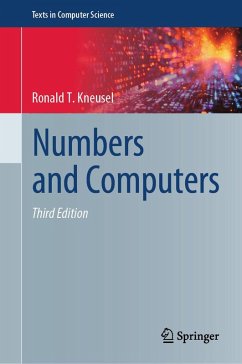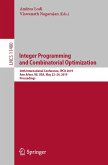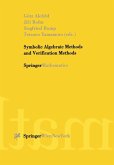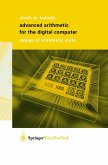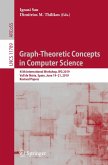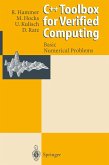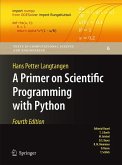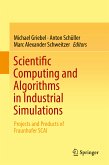The revised and updated third edition of this unique textbook/reference details the variety of number formats used by computers, thereby helping to ground readers in what can and cannot be represented accurately, especially by floating-point numbers.
The book's first part details standard representations of integers and floating-point numbers. The second explores other number representations, including the wide variety recently developed to support artificial intelligence (AI) and its demand for efficiency in representation to accommodate the ever-expanding scope of neural network models. Chapters describe each format, with examples in code (Python and C) and exercises. This new edition includes three new chapters on posits, AI number formats, and a collaborative experiment with an AI to generate novel number formats.
Topics and features:
- Explores how computers use numbers to complete operations
- Adds new chapters on posits and AI number formats
- Includes exercises and examples that are code snippets in C or Python
- Implements and tests new AI-designed number formats (as designed by GPT-4)
- Provides thorough grounding on what can and cannot be represented accurately
A textbook eminently suitable for undergraduates in computer science, the work also will appeal to software developers, engineers, scientists, AI experts, and anyone who programs for fun.
Dr. Ronald T. Kneusel, a senior data scientist with L3Harris (Melbourne, FL, USA), is also the author of the Springer book, Random Numbers and Computers.
Dieser Download kann aus rechtlichen Gründen nur mit Rechnungsadresse in A, B, BG, CY, CZ, D, DK, EW, E, FIN, F, GR, HR, H, IRL, I, LT, L, LR, M, NL, PL, P, R, S, SLO, SK ausgeliefert werden.
"This book is, on one level, a discussion of how computers work with numbers. It tells how computers represent numbers such as integers, floating point numbers, big integers, decimals, and what is more, how one can write one's own routines to operate on numbers. ... If thismakes you wonder about the utility of computers and how to better understand numerical representations and calculations, you will do wellto add this book to your winter reading list." (David S. Mazel, MAA Reviews, maa.org, January, 2016)
"The book starts with an overview on number systems. ... The book is a good source of information for all who wants to learn how numbers are represented in computers and how computations are performed." (Michael Jung, zbMATH 1330.65002, 2016)
"This book ... should be on the bookshelf of every software developer. ... Each chapter has a nicely composed set of exercises and a well-constructed set of references. The book contains numerous algorithmic examples presented throughout the text in C-like code that is easy to follow, as well as a well-organized index. ... Summing Up: Recommended. Upper-division undergraduates, graduate students, researchers/faculty, two-year technical program students, and professionals/practitioners." (J. Beidler, Choice, Vol.53 (4), December, 2015)

